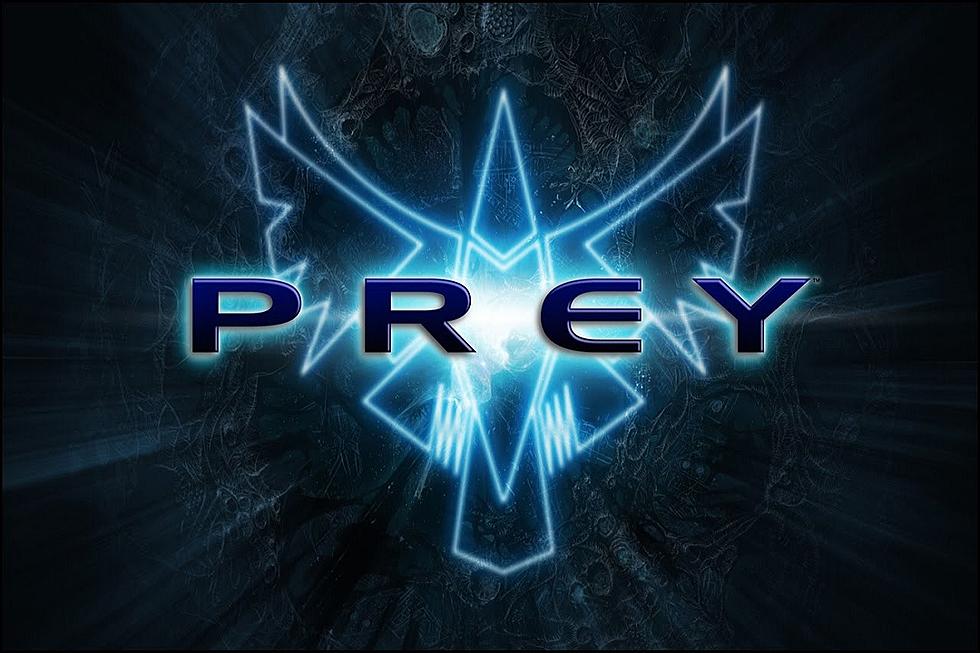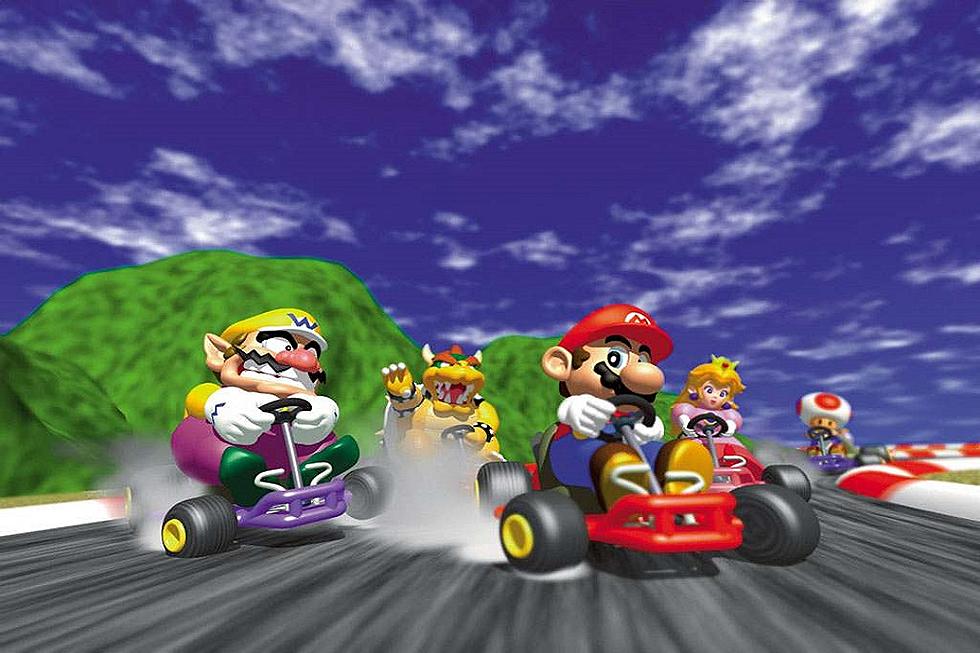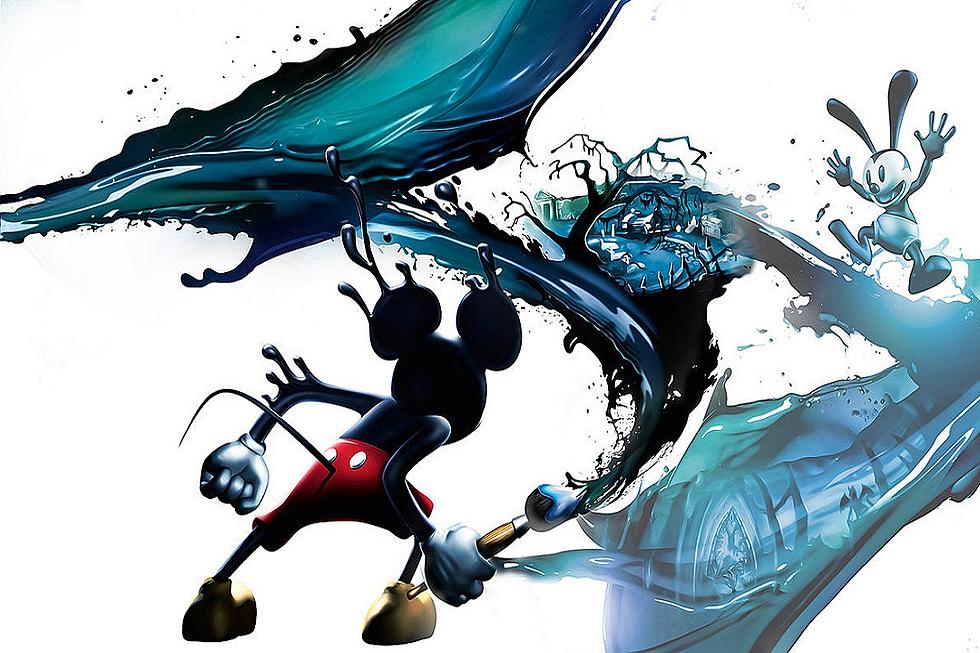
Surviving Development Hell: Prey Succeeded Where Few Others Have
When “Development Hell” comes up, not too many positive things ever come to mind. Movies, music, and TV shows all have famous stories of high-profile projects that struggled to get through any given part of the creative process. Video games aren’t immune either. There have been some huge titles that were meant to be blockbusters only to never see the light of day such as Starcraft Ghost or, even worse, were released to absolute commercial failure such as Duke Nukem Forever. Though it’s never a good sign, Development Hell doesn’t have to mean cancellation or failure. After all, it was after an 11 year cycle that we received the groundbreaking Prey on this day in 2006.
Prey was project first conceived in the Apogee Software years by 3D Realms. Much like Duke Nukem Forever, it was a project cursed by numerous setbacks, technical difficulties, and staff changes. It was developed with new technology and engines with the intention that many other games thereafter would use it as a foundation, not unlike Epic Games and the Unreal engine. Development first started 1995 with Tom Hall leading the project immediately following Rise of the Triad. However, Hall would leave the project in limbo when he left to join DOOM-creative partner John Romero in the formation of another studio, Ion Storm.
One of the points that made Prey difficult to develop was the introduction of portals in the game that could allow players to see other points in an area and even interact with them from another point. Early versions of Prey and this portal technology failed and had to be scrapped altogether, leaving the game to be developed from the ground up several times over. Though difficult, the company refused to give up on this then-revolutionary new concept. It was during the different development cycles of the game that Prey was given its hero and major concepts as well: A Native American abducted by an alien entity and forced to fight back with skills of his spiritual heritage. It was in 2001 3D Realms handed production over to a Human Head Studios and commissioned them to create the game using concepts and tools from previous builds. Finally, everything started to come together properly.
Prey tells the story of Domasi “Tommy” Towadi, a Cherokee automobile mechanic and former US Army soldier living on a Native American reservation who is tired of and refuses his heritage. Life gets flipped upside-down when an enormous alien structure known as the Sphere abducts numerous people including Tommy, his girlfriend and his grandfather. Tommy escapes and finds the Sphere is a traveling structure of organic and inorganic material that harvests living and non-living materials from planets to sustain itself. With the help of some of the Sphere’s inhabitants that have not been enslaved, Tommy begins a fight to the core of the Sphere to put an end to its parasitic rampage.
Throughout his journey, Tommy discovers weapons both somewhat human and very alien in nature. He also discovers the aforementioned portals that allow him to traverse areas, see through them, fire through them, and interact with environments on the other side. Furthermore, he discovers various areas with their own gravity, allowing Tommy to walk on walls, ceilings or even smaller planetoids with their own gravity. Finally, Tommy also gains access to abilities that draw on his spiritual heritage, allowing him to separate his spirit from his body to explore otherwise untouchable or invisible areas. All of these mechanics put together make for various unique environmental puzzles that had, up to that point, not been done in gaming history.
After 11 years in development, Prey was released to commercial success. Not only did it successfully play with portal technology a year before Portal would create an entire game based on the same concept, but it presented a cohesive sci-fi adventure worthy of the time and sacrifice that had been poured into it. More importantly, Prey also gave us a respectable Native American hero as its protagonist. Tommy was voiced by Michael Greyeyes, a Native Plains Cree, who had a great deal of say and consultation in the creation of the character. With Greyeyes giving life to Domasi Towadi, Prey stands not only as a rare success coming out of a long, difficult development, but a showcasing of an all-too-often underrepresented group in a respectable and non-stereotypical context.
More From Arcade Sushi

![The ’60s Space Program Lives on in Arkane’s Stylish and Spooky Prey [Preview]](http://townsquare.media/site/550/files/2017/02/prey.jpg?w=980&q=75)







